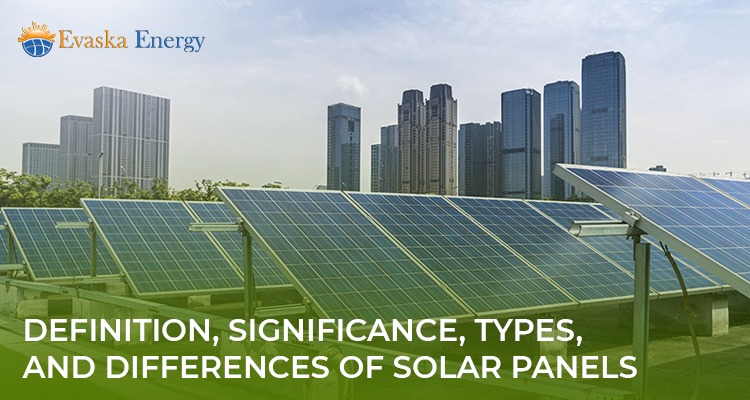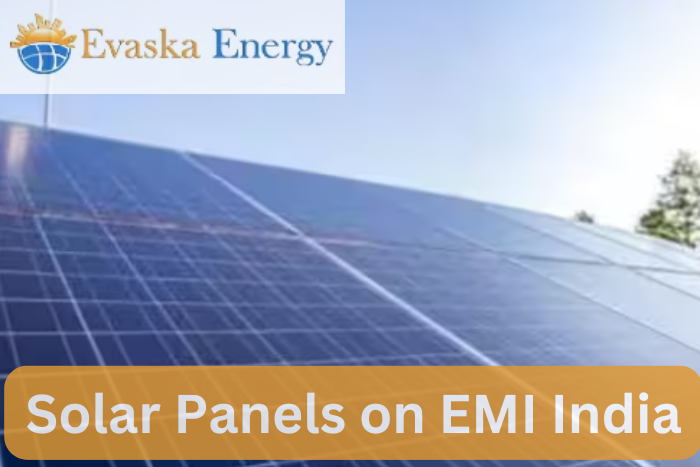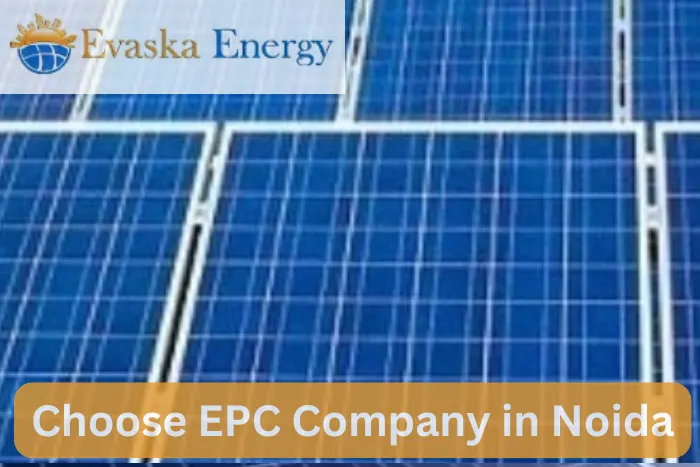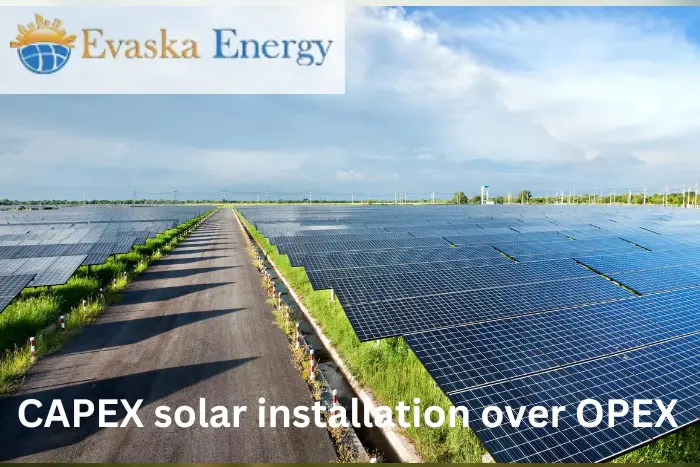Definition, Significance, Types, and Differences of Solar Panels
What is a Solar Panel?
A solar panel is made of solar cells, also known as photovoltaic cells. These panels are equipment used to collect solar energy and transform it into power or heat. Using photovoltaic cells, a solar system can produce electricity. These cells are positioned on the surface of the solar panels in a matrix manner.
The Significance of Solar Energy
Solar power is not just a naturally renewable source that can be renewed; it is also a very cost-effective one. This is a really practical way to significantly reduce the pollution that already exists in our surroundings. One of the purest and healthiest sources of natural energy is thought to be solar energy. Solar energy can be used for a variety of purposes, including heating, both indoor and outdoor lighting, transportation fuel, and many more.
If the type of solar panels chosen and the surroundings are perfectly matched, Such bright possibilities have developed in a sector that has invested much in the creation of effective methods for harnessing, utilising, and storing solar energy through the use of various solar panel types and transforming the sun's energy into useful power.
If you’re looking for one of the most reliable solar EPC companies in Gurgaon that provides solar panel solutions at reasonable prices, consider Evaska Energy. They provide their customers with the best solar power solutions that everyone can use and also help them to reduce both their electricity bills and their negative environmental impact through lower carbon dioxide emissions.
3 Different Types of Solar Panels
Generally, there are three main categories of solar panels on the market right now: monocrystalline, polycrystalline, and thin-film. Read on to find out what will best suit your unique requirements, as each type of solar panel has its own specialties.
1. Monocrystalline Solar Panels
A monocrystalline solar panel is the most advanced solar panel type, even though it is the oldest. Monocrystalline solar cells are used in these panels. They are built of silicon dioxide and have 40 monocrystalline cells in them.
Due to the reaction between sunlight and pure silicon, monocrystalline cells look black. Meanwhile, the leading solar provider in India, Evaska Energy, offers its customers a number of color choices for the back sheets and framing.
2. Polycrystalline Solar Panel
Each PV cell in polycrystalline panels (also called multicrystalline panels) has a number of silicon crystals. In terms of solar panels, polycrystalline solar panels are the most widely used.
These are created by melting silicon crystal fragments and cutting the resulting wafers. Polycrystalline panels have square surfaces with a mosaic-like pattern. Because the panels are constructed of many silicon crystals, their base has a bluish tint.
3. Thin-film
The second generation of solar cells includes thin-film solar panels. Thin-film panels, as the name implies, are around 80% finer than those that employ silicon wafers. The fact that thin-film panels are constructed from a range of materials is another distinctive quality. For instance, cadmium telluride, amorphous silicon, or copper indium gallium selenide can all be used to create thin-film panels.
Select the Best Solar Panel for You!
You might be surprised to learn that the sun has the capacity to supply all of the energy needed by the earth for an entire year in just one minute. Basically, there are two sorts of solar energy that people can use for good: light energy and heat energy. People use solar panels to generate energy.
The Prominence of Solar Energy
It's critical to realise that no matter what product you pick, the energy you use will be a blend of green, renewable, and conventional energy. This is due to the fact that when energy sources join the electrical transmission grid, they are all mixed together.
As a result, when you choose solar energy, you are not only helping the environment, but you are also paying less for your electricity bills. If you want to go green at home but don't have the space or resources for a solar panel installation, Evaska Energy has a team of expert solar panel installation for home who will provide you with the best option.
This is the most effective way to reduce your carbon footprint associated with energy consumption. Furthermore, it expands access to green energy for more households and businesses and is the most cost-effective way to encourage massive renewable electricity investment.
I hope this article has helped you to better appreciate how valuable solar panels are—not just for the environment but also for your wallet. Take a step in the direction of a greener environment by picking the best solar panel for your needs. Because the use of renewable energy sources, such as solar electricity, can change how we utilise energy for the better.








